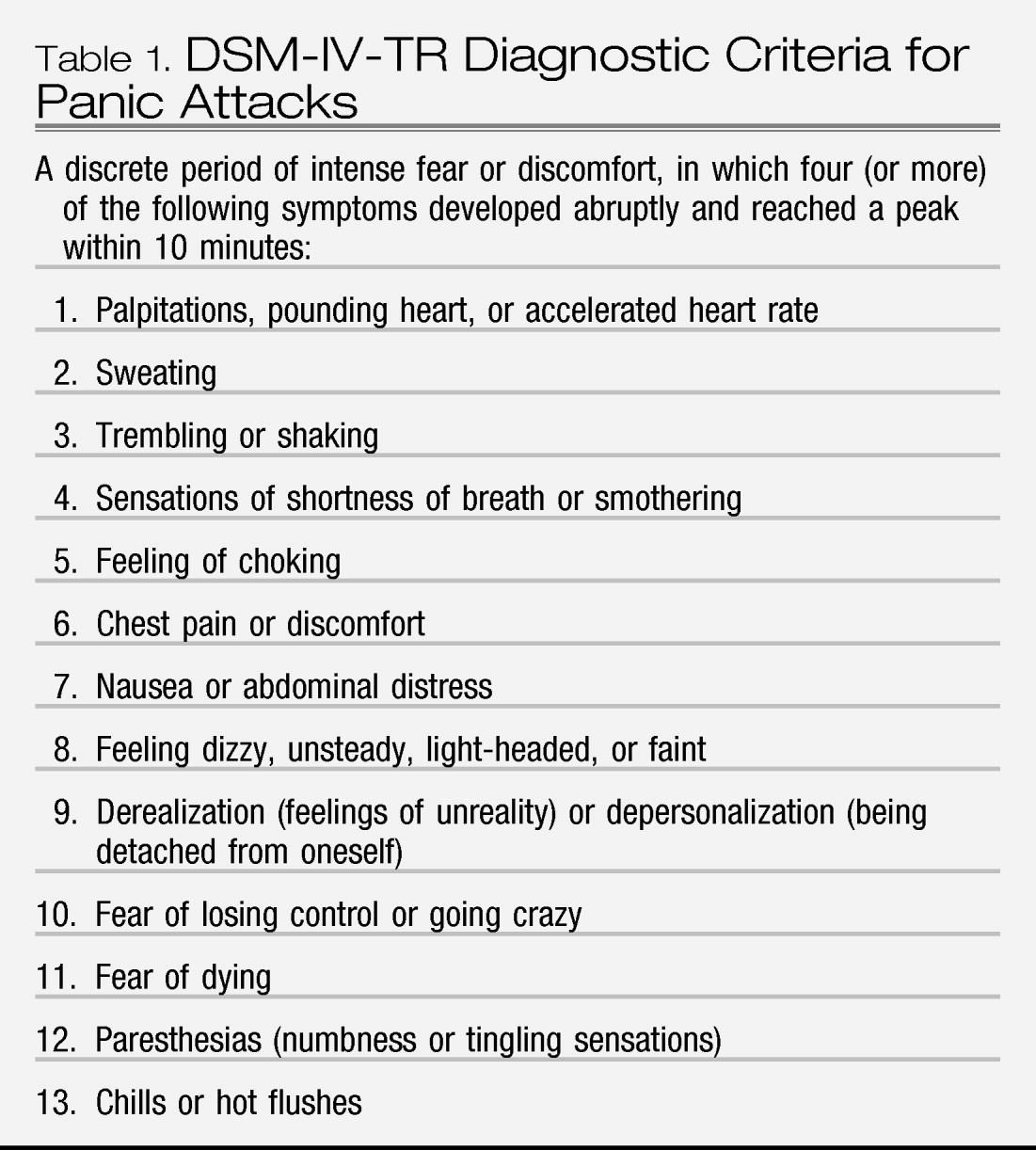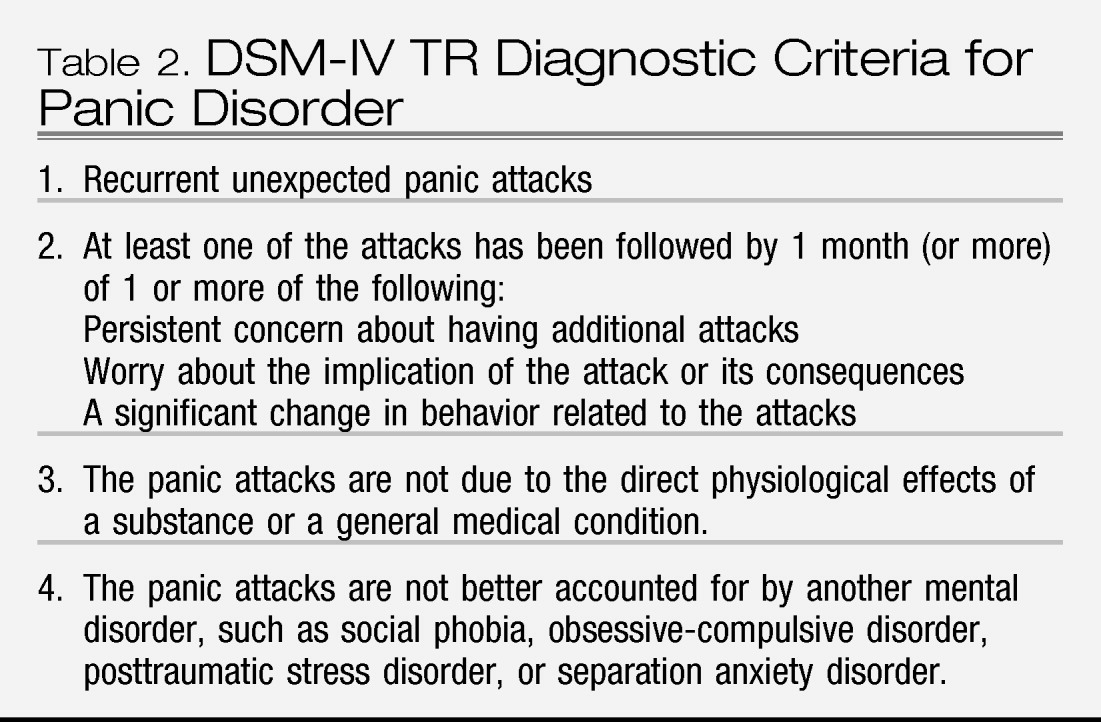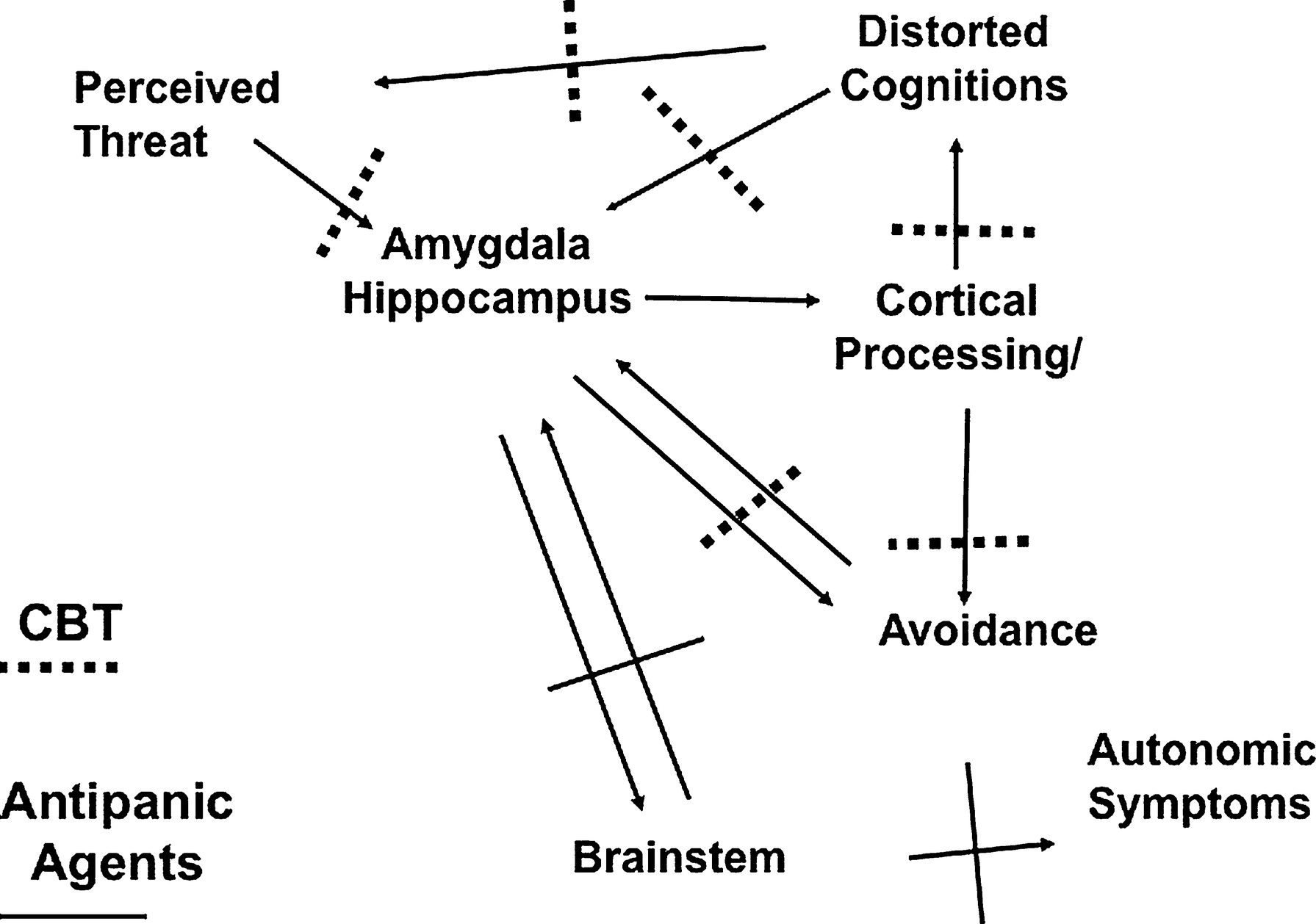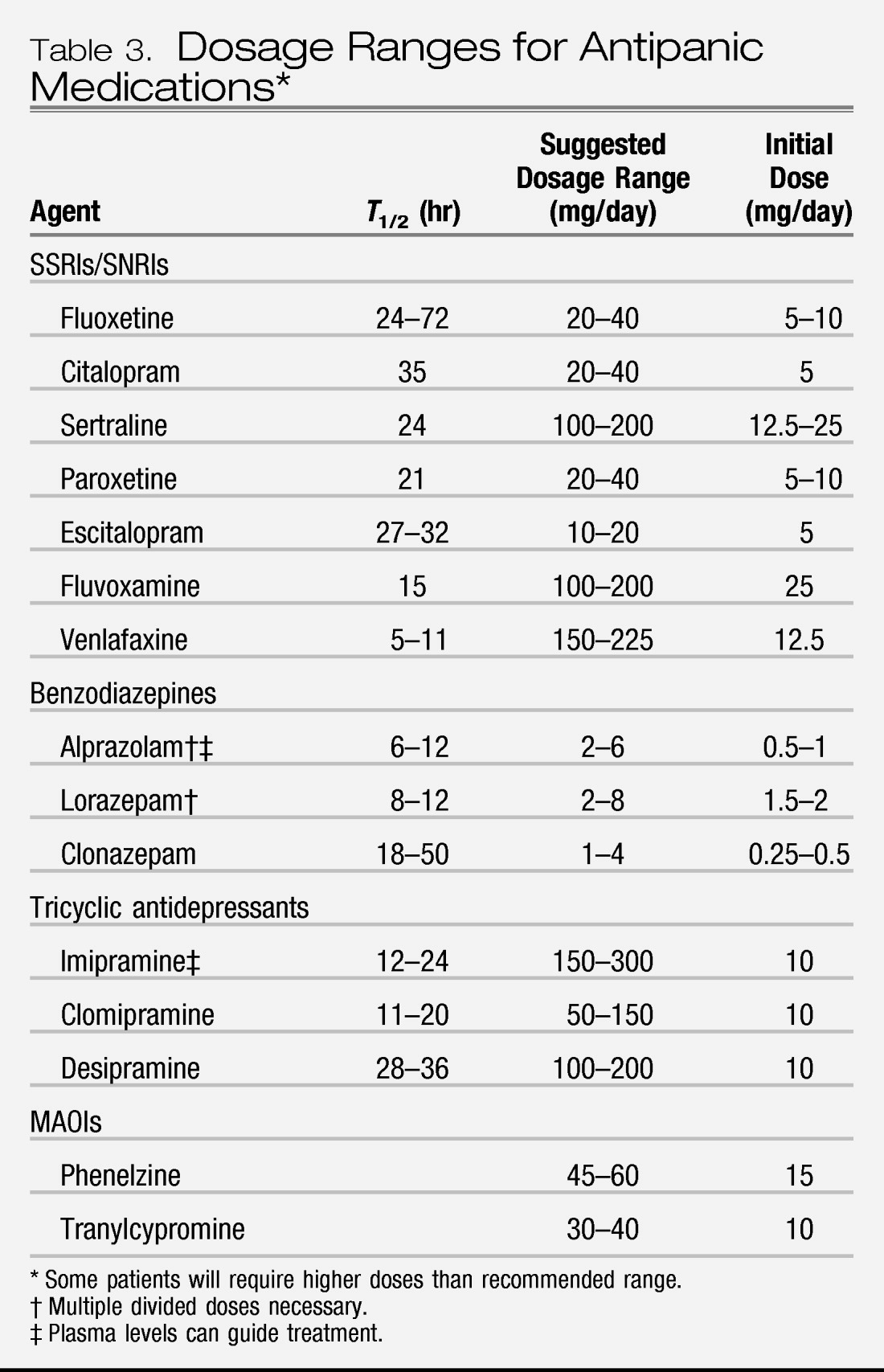Assessment and Management of Treatment-Resistance in Panic Disorder
Abstract


GENERAL PRINCIPLES FOR OPTIMIZING TREATMENT OF PANIC DISORDER
The initial evaluation
The therapeutic alliance
ASSESSMENT TOOLS
INITIAL CHOICE OF TREATMENT
Patient factors

Pharmacotherapy
Antidepressants.
Tricyclic antidepressants (TCAs).
Monoamine oxidase inhibitors (MAOIs).
Other antidepressants.
Benzodiazepines.
Anticonvulsants.
Other agents.
CBT
ADEQUATE INTENSITY OF TREATMENT
Antidepressants
Benzodiazepines

CBT
DIFFERENTIAL DIAGNOSIS FOR INADEQUATE RESPONSE TO INITIAL TREATMENT

Persistent panic attacks
Persistent nonpanic anxiety
Comorbid mood disorder
Residual phobic avoidance
Other factors
THE NEXT STEP: AFTER THE FIRST TREATMENT FAILS
Augmentation of pharmacotherapy
AUGMENTATION OF CBT
Switching treatment
CONCLUSIONS
REFERENCES
Information Resources for Panic Disorder and Other Psychiatric Disorders
Information & Authors
Information
Published In
History
Authors
Funding Information
Metrics & Citations
Metrics
Citations
Export Citations
If you have the appropriate software installed, you can download article citation data to the citation manager of your choice. Simply select your manager software from the list below and click Download.
For more information or tips please see 'Downloading to a citation manager' in the Help menu.
View Options
View options
PDF/EPUB
View PDF/EPUBGet Access
Login options
Already a subscriber? Access your subscription through your login credentials or your institution for full access to this article.
Personal login Institutional Login Open Athens loginNot a subscriber?
PsychiatryOnline subscription options offer access to the DSM-5-TR® library, books, journals, CME, and patient resources. This all-in-one virtual library provides psychiatrists and mental health professionals with key resources for diagnosis, treatment, research, and professional development.
Need more help? PsychiatryOnline Customer Service may be reached by emailing [email protected] or by calling 800-368-5777 (in the U.S.) or 703-907-7322 (outside the U.S.).

